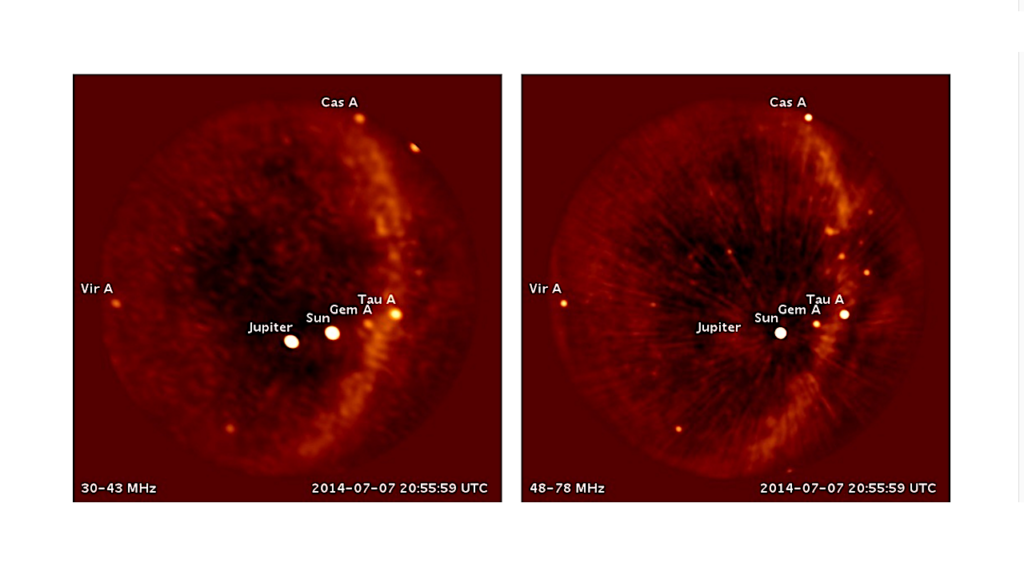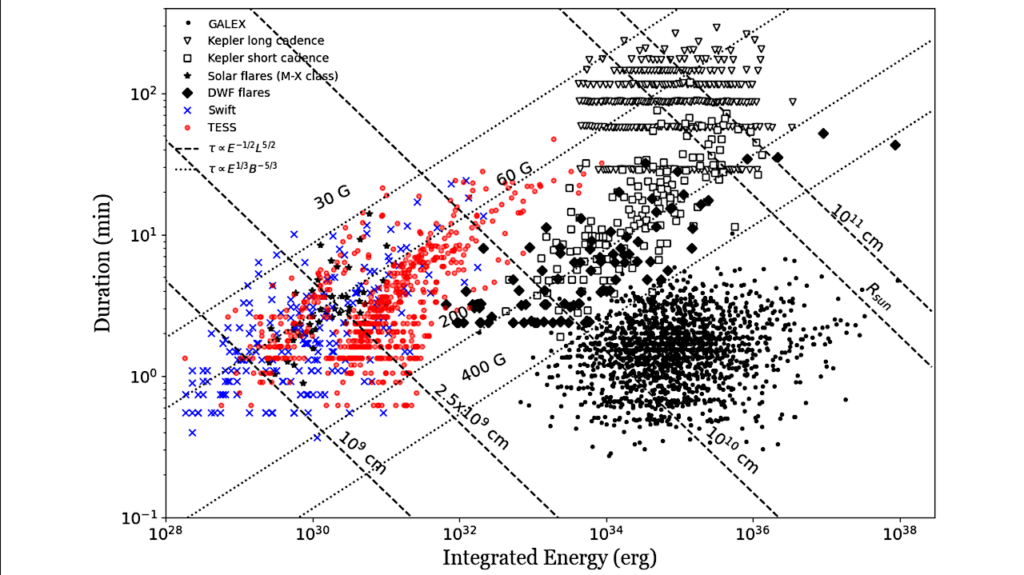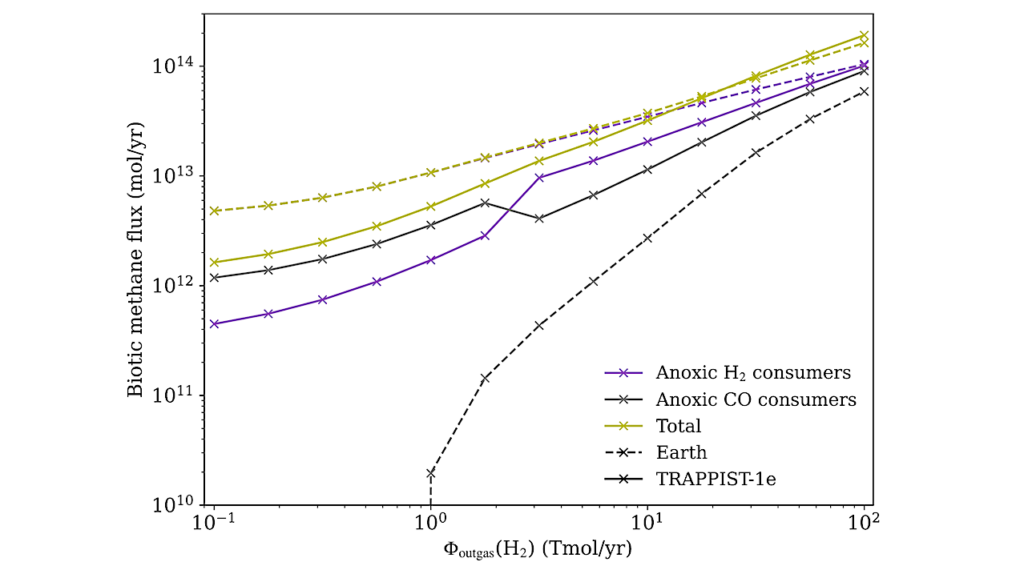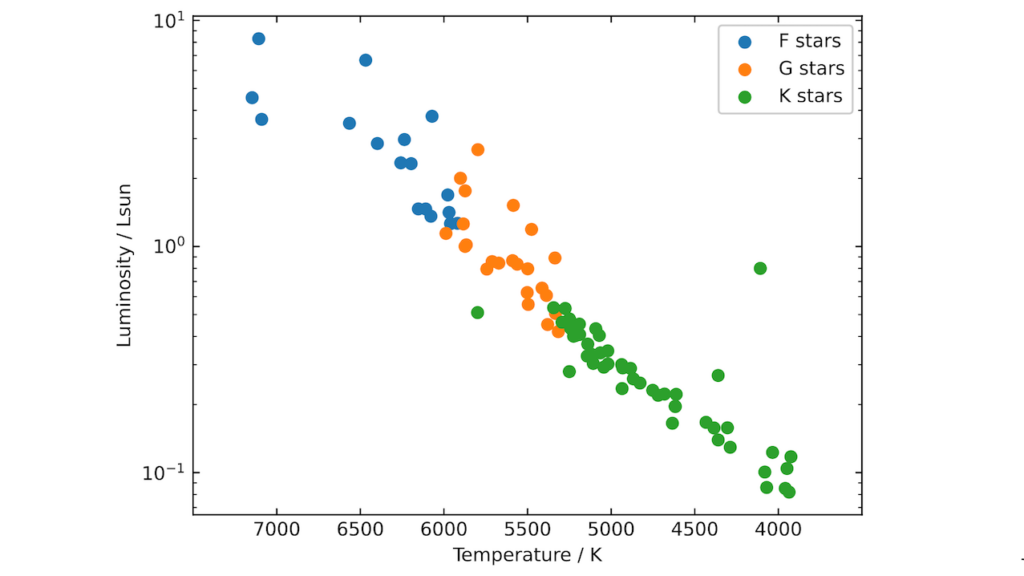Microphysics Of Water Clouds In The Atmospheres Of Y Dwarfs And Temperate Giant Planets

Water clouds are expected to form on Y dwarfs and giant planets with equilibrium temperatures near or below that of Earth, drastically altering their atmospheric compositions and their albedos and thermal emission spectra.
Here we use the 1D Community Aerosol and Radiation Model for Atmospheres (CARMA) to investigate the microphysics of water clouds on cool substellar worlds to constrain their typical particle sizes and vertical extent, taking into consideration nucleation and condensation, which have not been considered in detail for water clouds in H/He atmospheres. We compute a small grid of Y dwarf and temperate giant exoplanet atmosphere models with water clouds forming through homogeneous nucleation and heterogeneous nucleation on cloud condensation nuclei composed of meteoritic dust, organic photochemical hazes, and upwelled potassium chloride cloud particles.
We present comparisons with the Ackerman & Marley parameterization of cloud physics to extract the optimal sedimentation efficiency parameter (fsed) using Virga. We find that no Virga model replicates the CARMA water clouds exactly and that a transition in fsed occurs from the base of the cloud to the cloud top. Furthermore, we generate simulated thermal emission and geometric albedo spectra and find large, wavelength-dependent differences between the CARMA and Virga models, with different gas absorption bands reacting differently to the different cloud distributions and particularly large differences in the M band. Therefore, constraining the vertically-dependent properties of water clouds will be essential to estimating the gas abundances in these atmospheres.
James Mang, Peter Gao, Callie E. Hood, Jonathan J. Fortney, Natasha Batalha, Xinting Yu, Imke de Pater
Comments: 13 pages, 8 figures, accepted to ApJ
Subjects: Earth and Planetary Astrophysics (astro-ph.EP); Solar and Stellar Astrophysics (astro-ph.SR)
Cite as: arXiv:2202.01355 [astro-ph.EP] (or arXiv:2202.01355v1 [astro-ph.EP] for this version)
Submission history
From: James Mang
[v1] Thu, 3 Feb 2022 00:50:53 UTC (942 KB)
https://arxiv.org/abs/2202.01355
Astrobiology,








